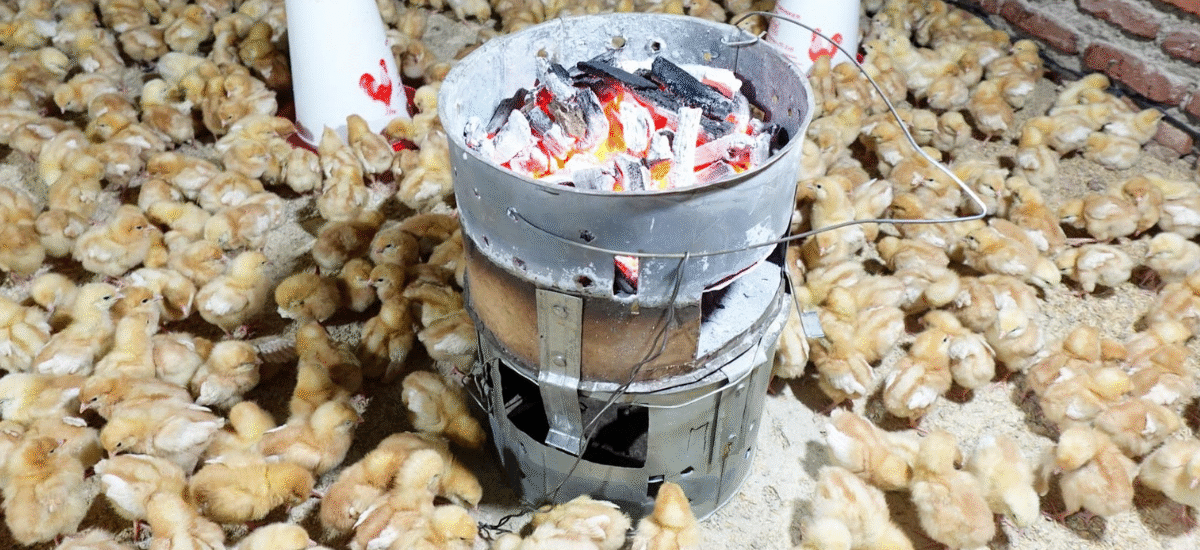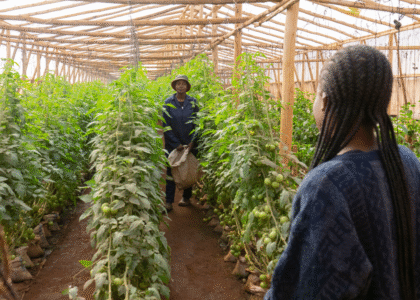When people think about Africa’s challenges, the word that comes up often is poverty. But poverty isn’t the root — it’s the result. The deeper issue is a lack of infrastructure: systems that connect people, goods, and ideas in a way that unlocks opportunity.
This is especially true in agriculture. In Malawi, my home country, 80% of the population depends on farming, but weak supply chains mean that farmers are often trapped in subsistence. They grow, but they don’t scale. They produce, but they don’t profit. And so, the cycle continues.
At Q2, we believe the answer lies not in patchwork fixes, but in Smart Villages — integrated ecosystems that reimagine how agriculture, logistics, education, and technology work together.
What Is a Smart Village?
By Nthanda Manduwi | Founder, Q2 Corporation & Kwathu Kollective
A Smart Village is not just a cluster of homes or farms. It’s a model of resilience and scale. Imagine a rural community where:
- AgTech tools help farmers predict yields and fight climate shocks.
- Logistics networks connect crops to markets, both local and global.
- Education hubs train youth in digital and agricultural skills.
- Energy and internet access power both households and businesses.
A Smart Village is where the supply chain stops being a barrier and becomes a backbone — enabling communities not just to survive, but to thrive.
Why Supply Chain Infrastructure Is the Missing Link
For too long, conversations about Africa’s future have focused on inputs (seeds, tools, training) and outputs (production, exports). What’s missing is the in-between: the infrastructure that connects farm to fork.
Without supply chain infrastructure:
- Farmers remain disconnected from markets.
- Post-harvest losses eat up to 40% of yields.
- Food imports rise, even in food-producing nations.
With strong supply chain infrastructure:
- Farmers access global markets fairly.
- Communities retain more value locally.
- Economies move from subsistence to surplus.
This is why Q2 was born — to build models that close this missing link.
Q2’s Smart Village Farms: A Prototype for Malawi
Our Smart Village Farms are designed to be living laboratories: places where technology, logistics, and education intersect.
In Mangochi, Malawi, we are prototyping farms that combine:
- Greenhouse and mega-farming techniques to maximize yields.
- Digital dashboards to track production, sales, and distribution.
- Training hubs where students learn supply chain and agtech in real time.
- Market linkages connecting farmers to hotels, exporters, and distributors.
This isn’t charity. It’s a business model that creates wealth, resilience, and dignity. And as it scales, it becomes a template for other communities in Africa.
From Villages to Networks
One Smart Village is powerful. A network of Smart Villages is transformative.
The vision is not just to build isolated models, but to create interconnected hubs across Africa that share data, distribute risk, and enable collective bargaining power. Imagine a continent where rural Africa isn’t a symbol of poverty, but the engine of prosperity.
That’s what Q2 is working toward: a future where Africa’s villages are not left behind, but are leading the way.
Closing Reflection
The world talks about “smart cities,” but Africa needs Smart Villages just as urgently — perhaps even more so. Because villages are where most of our people live, farm, and dream.
If we get supply chain infrastructure right at the village level, we don’t just fix agriculture — we reshape Africa’s future.
At Q2, that’s the vision we are building toward: smarter villages, stronger supply chains, and a continent that feeds itself and the world.
Follow Q2 to learn more about our Smart Village Farms and how we’re building the infrastructure that Africa’s future depends on.



